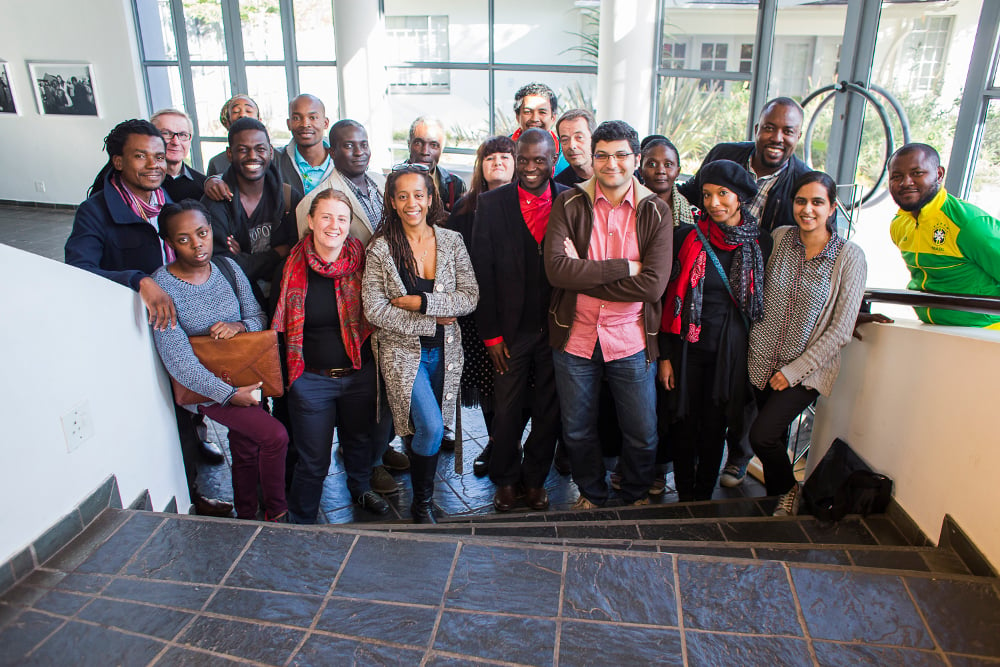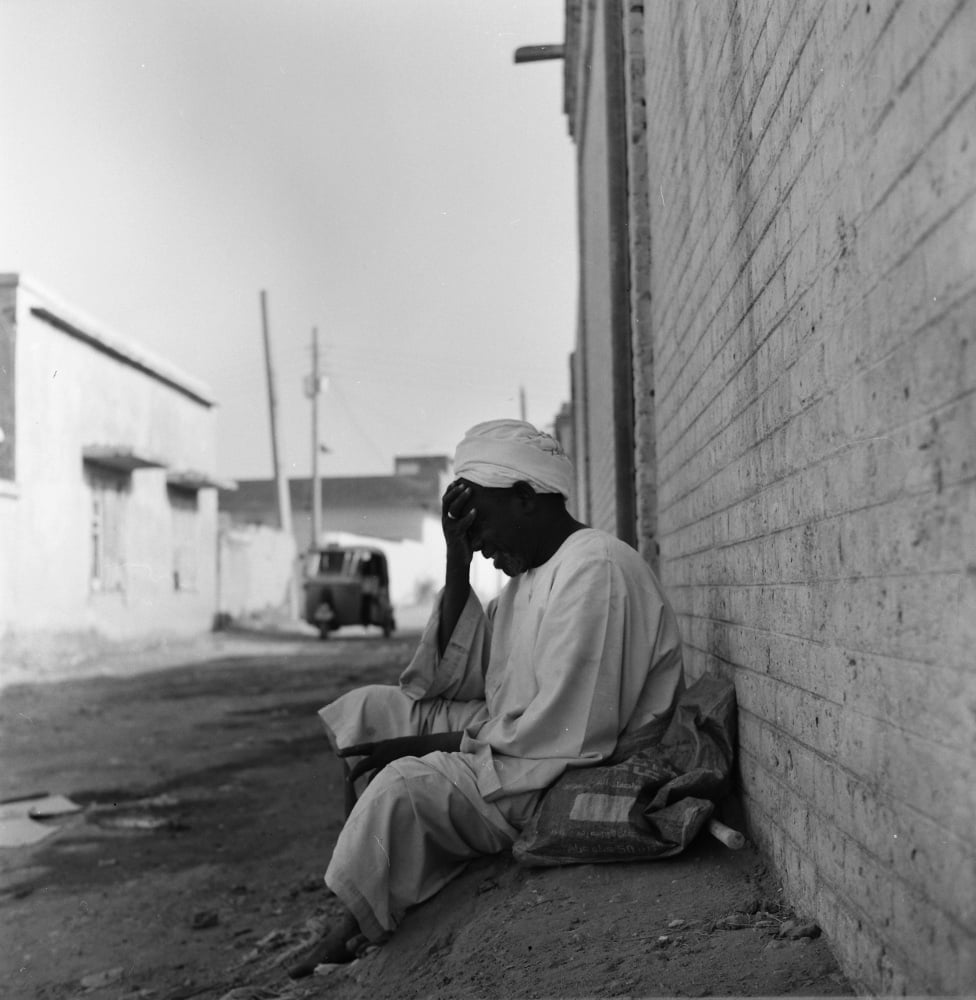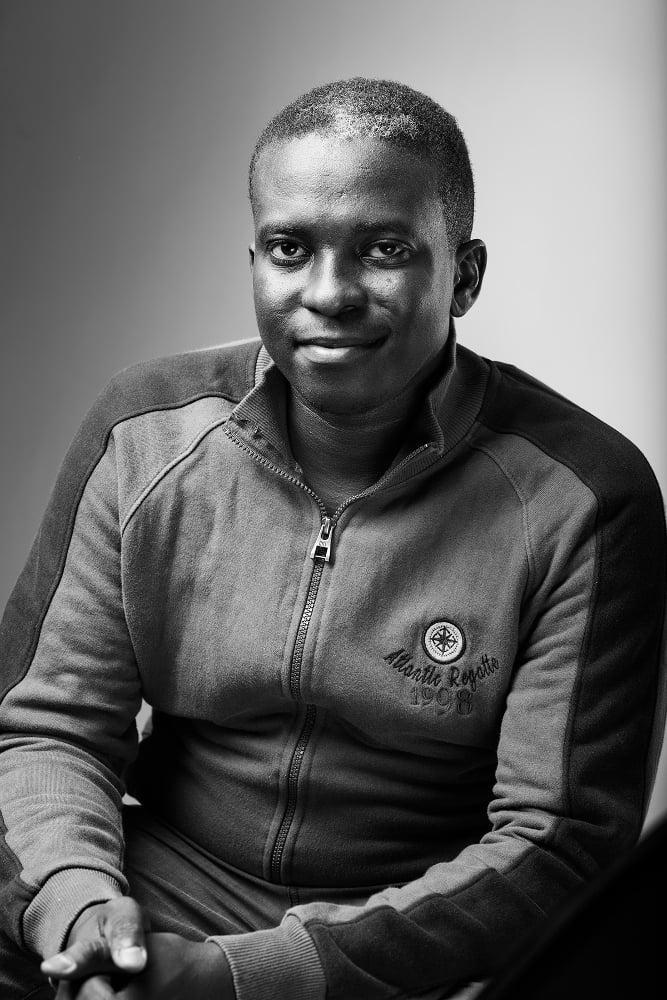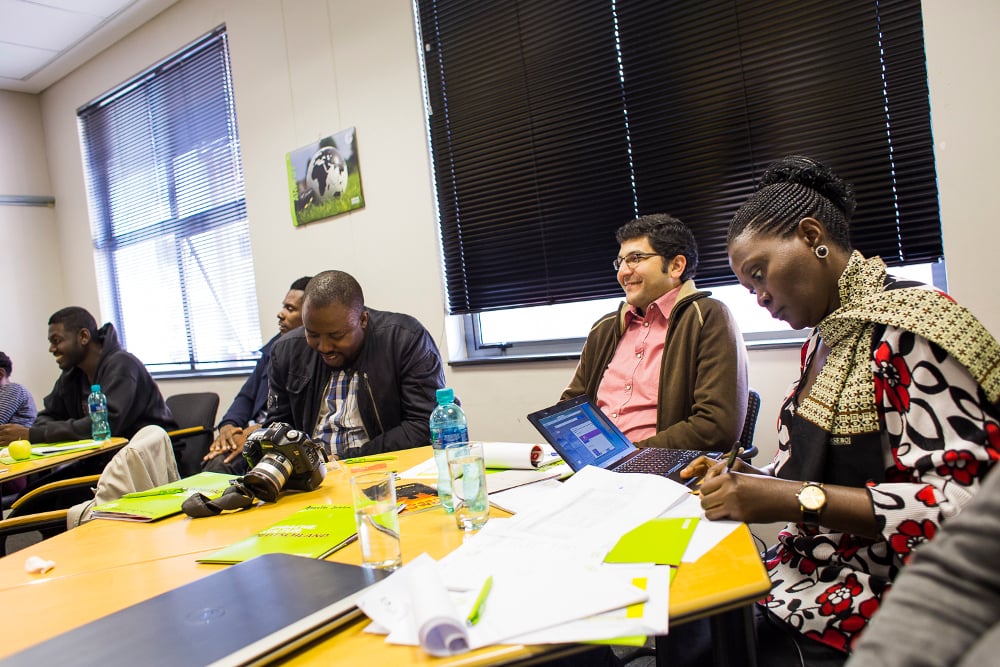Photograph by Ala Kheir
“In Sudan, there’s no institution that teaches photography as an art,” photographer and director of Sudanese Photographers Group Ala Kheir states frankly about photographic practices in his home country. “There are small institutions that teach the technical side of photography and how to be a camera operator, but issues like context, ethics and the social responsibility of photography are not being taught.”
According to the award-winning photographer, this is one of the reasons that Kheir, along with dozens of photographers and representatives of photography training institutions across Africa, recently got together in Jo’burg for a workshop and meetings for the Centres of Learning for Photography in Africa project and network.
Creating a strong link with photographic centres and practitioners across the continent, the project aims to develop critical thinking on photography by supporting already established formal and non-formal training structures and initiatives in Africa. The network, which is facilitated and incubated by the Goethe-Institut in collaboration with the Market Photo Workshop, also intends to form a solid educational resource hub for photography on the continent.
“We are concerned with critical thinking around photography; especially with the presence of Instagram, Facebook and the millions of photographs that are getting uploaded every day,” says Dalia Suleiman, managing director at Cairo’s Contemporary Image Collective, an art initiative concerned with lens-based practices.

Members of the Centres of Learning for Photography in Africa network.
Brainchild of Nigerian photographer and intellectual Akinbode Akinbiyi who, along with Market Photo Workshop’s John Fleetwood, Michelle Loukidis and Michelle Harris, as well as German-born photographer André Lützen convened a training session on project management, training trainers and an exchange around curricula of photography training in June and May. These gatherings aim to assist with providing photography training institutions with the skills and curriculum structure to provide high quality training to photographers, as well as to support the build up of well-equipped training centres that are able to sustain themselves in future.
The network Centres of Learning for Photography in Africa will establish and strengthen links between well-established photography training institutions such as the Market Photo Workshop in Johannesburg, which has been in existence for over 20 years, and younger centres such as the Sudanese Photographers Group on the end of the continent.
“In Egypt, we hardly link to the south or sub-Saharan Africa. It’s either we work with Tunisia, Morocco or the Middle East but we hardly have any connection in the south. So this was a great opportunity to connect,” says Suleiman.
“And I’m surprised to hear that we face more or less of the same issues, but it’s just in a different setting.”
Following a project management training session co-hosted by Suleiman together with Khona Dlamini from the Market Photo Workshop and attended by Kheir, I sat down with Suleiman and Kheir to talk about Centres of Learning for Photography in Africa.

Photo by Ala Kheir in Khartoum, Sudan.
Will there be a particular structure or mould that each centre takes?
Ala Kheir: It can take so many shapes and forms. Each centre has its own target group and teaching system. It also really depends on what that centre wants to do. We have centres that can teach photography, so it depends. But the main target is to improve photography across the continent.
Dalia Suleiman: What we’ve tried to do is see what facilities each of the centres has. And if we [as the network] do something collectively, we look at who can take part. For example, CIC [Contemporary Image Collective] and Market Photo Workshop have an established institutional structure, so these two centres could maybe provide space and organise and host events; whereas other centres, such as the Sudanese Photographers Group and the institute in Nigeria [Nlele Institute] have very talented photographers however they do not have the infrastructure. So we’ll see what we need and how we can use the network to get things done.
Ala, you mentioned that the aim is to improve photography across the continent. What are your thoughts on the state of photography?
Ala: Well in Sudan, there’s no institution that teaches photography as an art. There are small institutions that teach the technical side of photography and how to be a camera operator but issues like context, ethics and the social responsibility of photography are not being taught. So the networks will try to establish a better system that can incorporate photography from all perspectives.
Dalia: I feel more or less the same. In Egypt there are so many places where you can learn photography, especially after the revolution. Photography has been widespread to a great extent; so everyone now has a camera and is taking pictures and uploading them. So the technical aspect is there. However, we [the network] are also concerned with critical thinking of photography; especially with the presence of Instagram, Facebook and the millions of photographs that are getting uploaded everyday. And in relation to the media; such as what is published and what is not published. It doesn’t seem like there is a lot of analytical thought around some of these images.

Ala Kheir.
What are some of the challenges that were spoken about during the workshops at Goethe and how do you think the centres assist with alleviating them?
Ala: The centres form a link with trainers who are very skilled in the continent, and we’re connected to organisations like the Market Photo Workshop, which has a pool of trainers that are of international standards. Teaching photography is similar across the world but you just have to filter in local contexts. The Centres of Learning is slowly trying to fulfill all those needs based on the local context each centre is faced with. And the network that we have with other centres will provide lots of help to build structures and curriculums.
Dalia: These workshops and series of meetings are an outcome of what we thought was essential, and that was based on the challenges; like a lack of trainers for examples. This is why we organised the training of trainers workshop. Another issue is getting the managerial side of things right; that is why we had the project management workshop. So these are the main challenges that I think apply to everyone. But there are also more localised issues, like funding, which applies for everyone, but it’s different from one country to the next because it has lots to do with governmental rules, population, photographic organisations and their structures, and so on.
Will the project provide support for these localised issues?
Dalia: [Each centre] will try to address every issue on its own; and we would depend on the people working [at the various to centres to address the local issues] as a way of personalising it.
And would there be one person or organisation overseeing the centres?
Dalia: The facilitator is Goethe-Institut. And this was one of the outcomes of the first meeting in November: we going to need someone to coordinate the things we want to do. It’s a Goethe initiative but everyone is really enthusiastic and making an effort with this network.
Ala: It’s also a collective work. We all work together to make better photographic learning centres in different countries. It’s a circle in which we work together to build proper centres around the continent.

What was your first meeting in November about?
Ala: We defined if there is a need for such a thing [like a centre for learning]. And if there is a need, what is the next step. We had a survey, and based on that [we made] a decision made. We already know that there is a need, but it was more a focus on listing the needs and plan the way forward.
So what happens next after these training sessions and meeting?
Ala: There are lots of training programmes that will begin. Every centre will produce a document which has a goal, activities and plans for the upcoming two years. Based on their priorities, each centre will work differently.
Dalia: I will reflect on what’s happened at the sessions, and see how this can relate to CIC on a strategic level. The core group of the network is also supposed to meet in November – as it would be a year since the network was established – to evaluate the sessions and what can be done better and what else is needed.
For more information about Centres of Learning for Photography in Africa, visit goethe.
Stefanie Jason was commissioned by the Goethe-Institut.